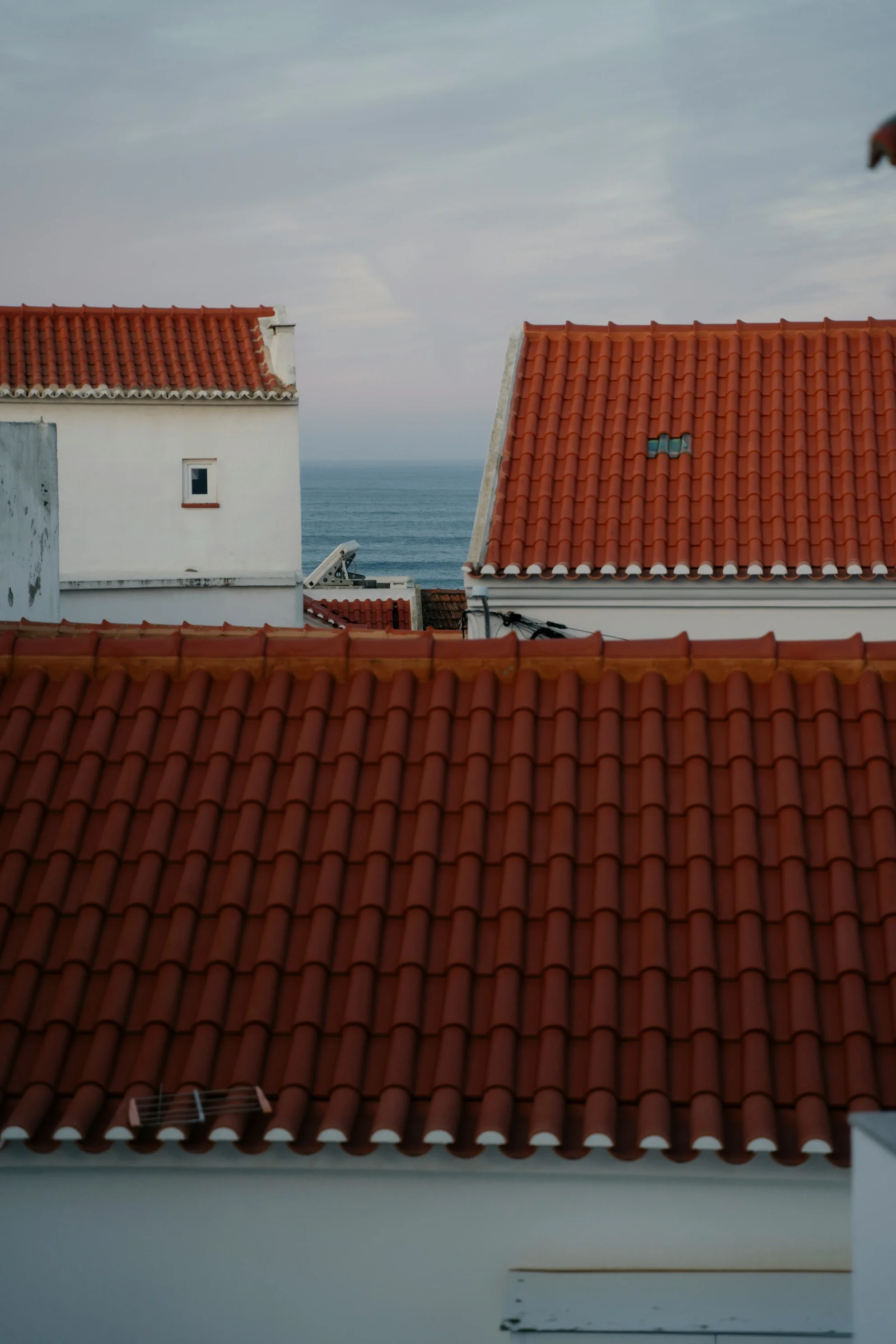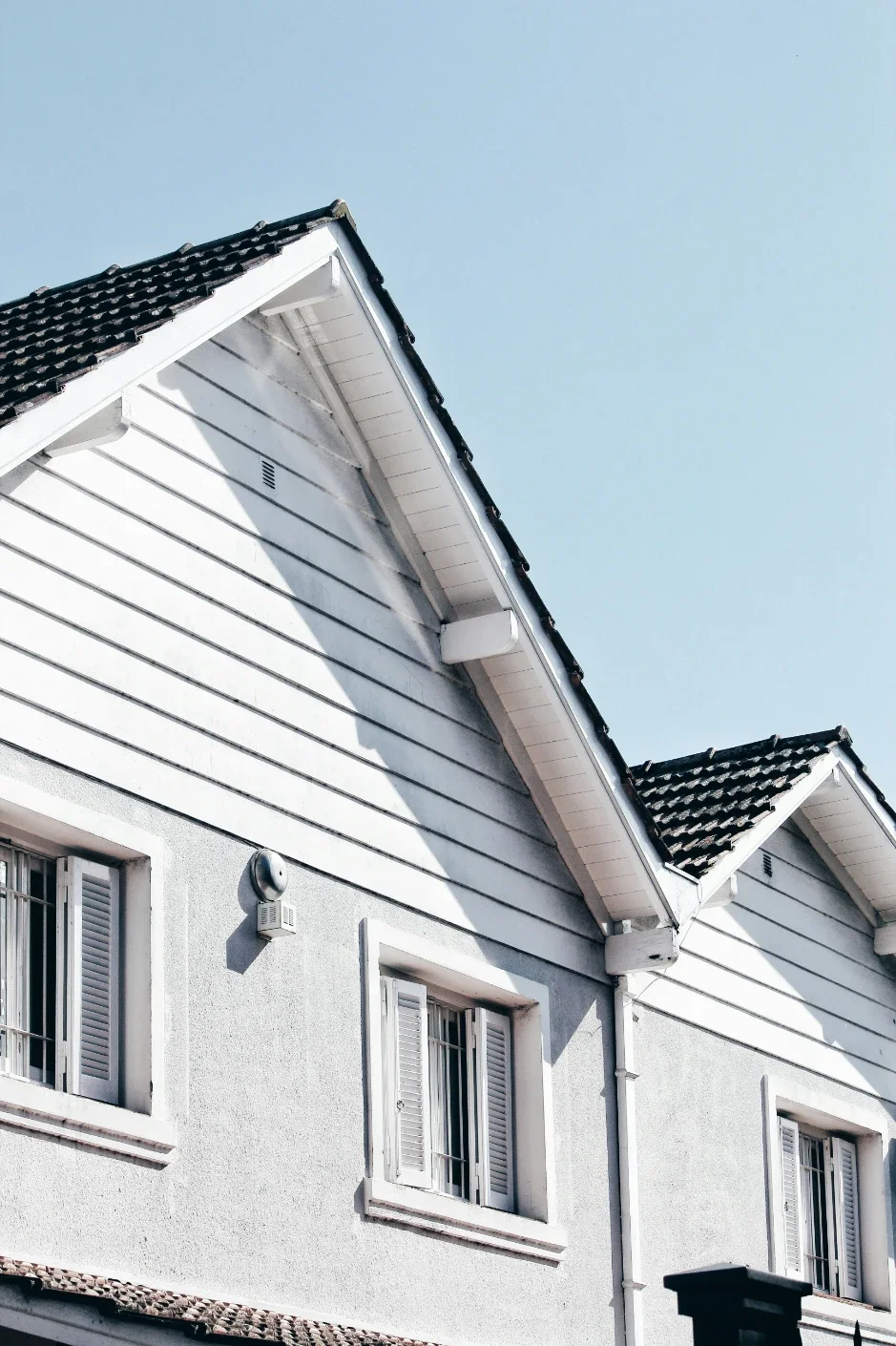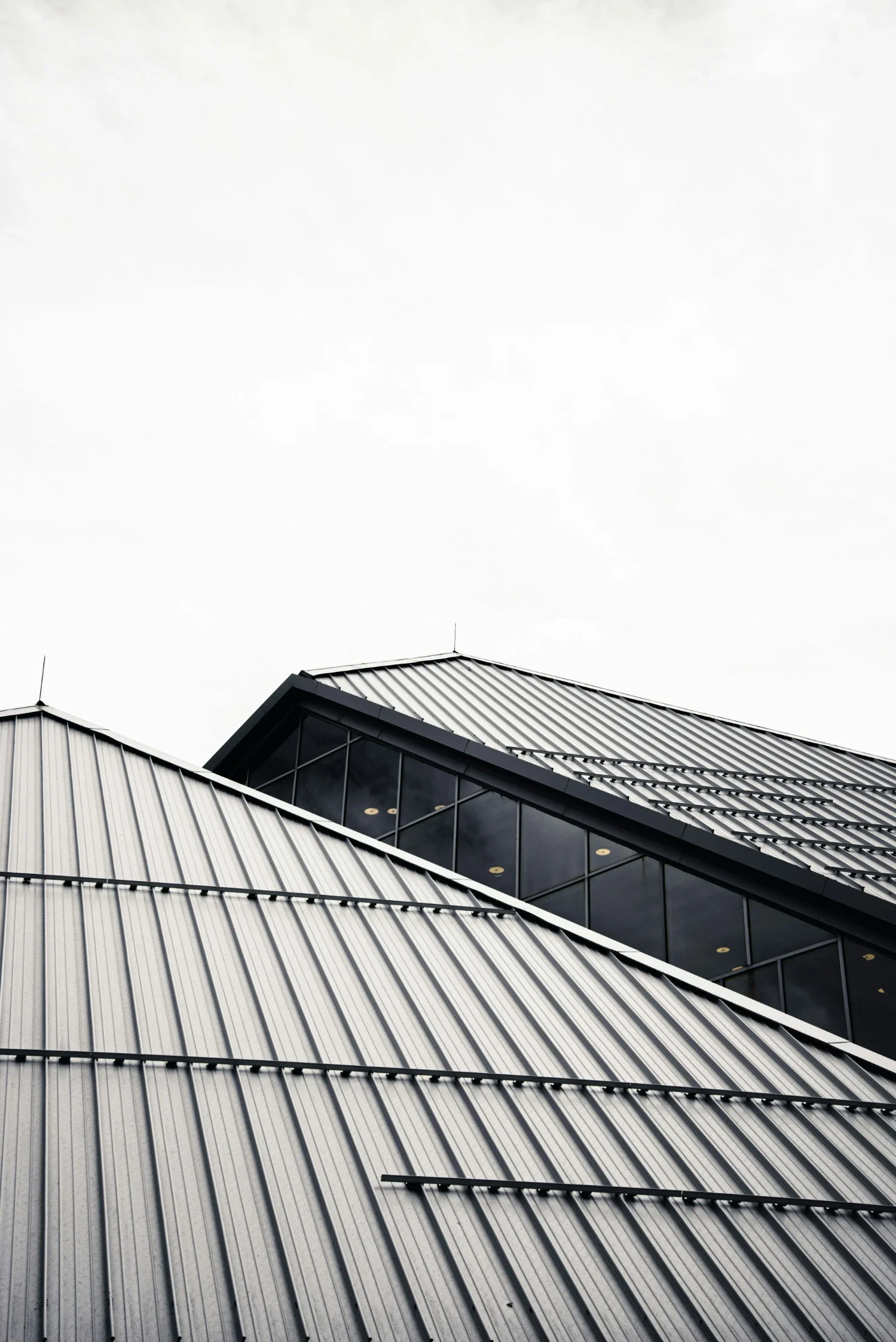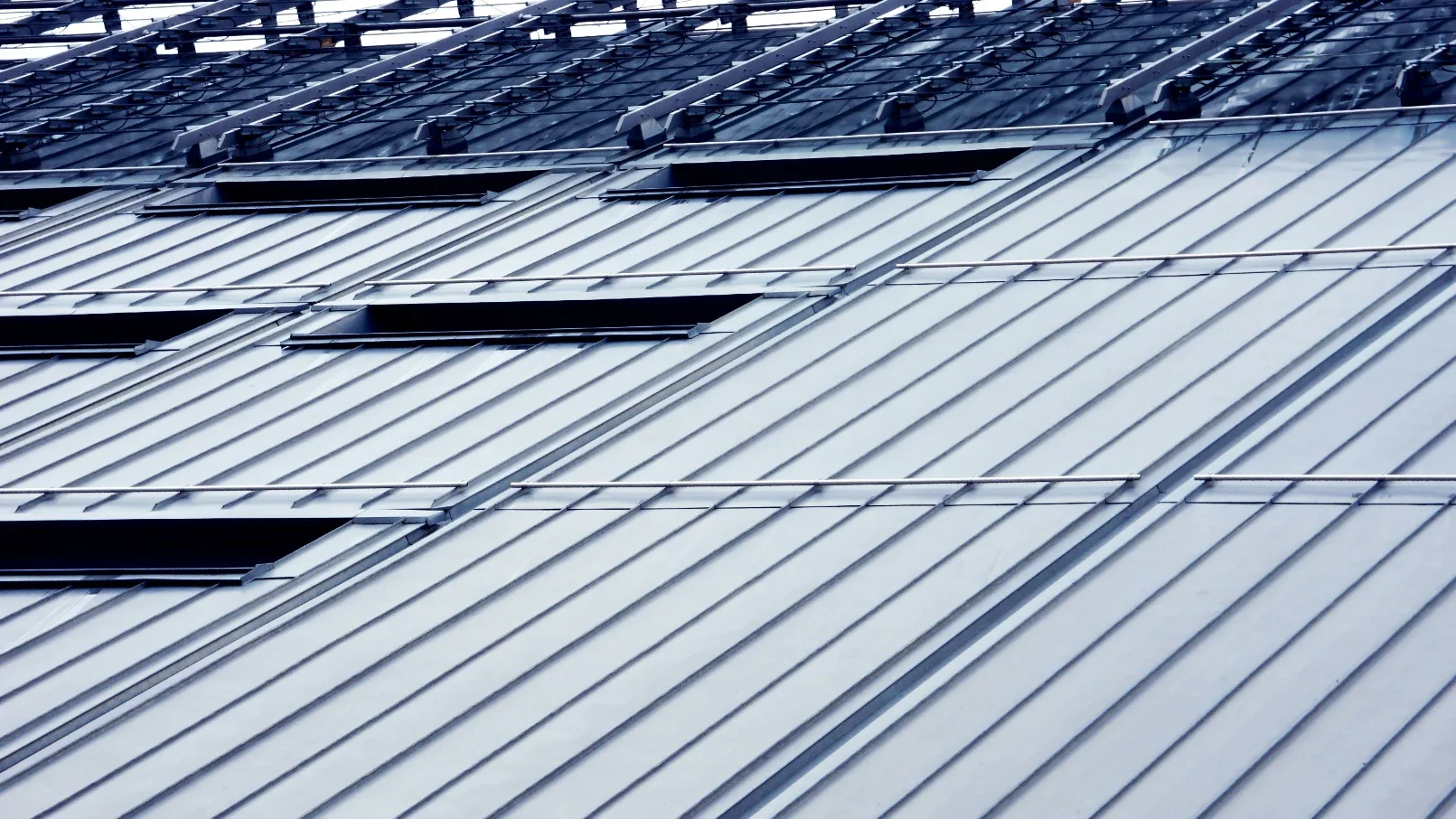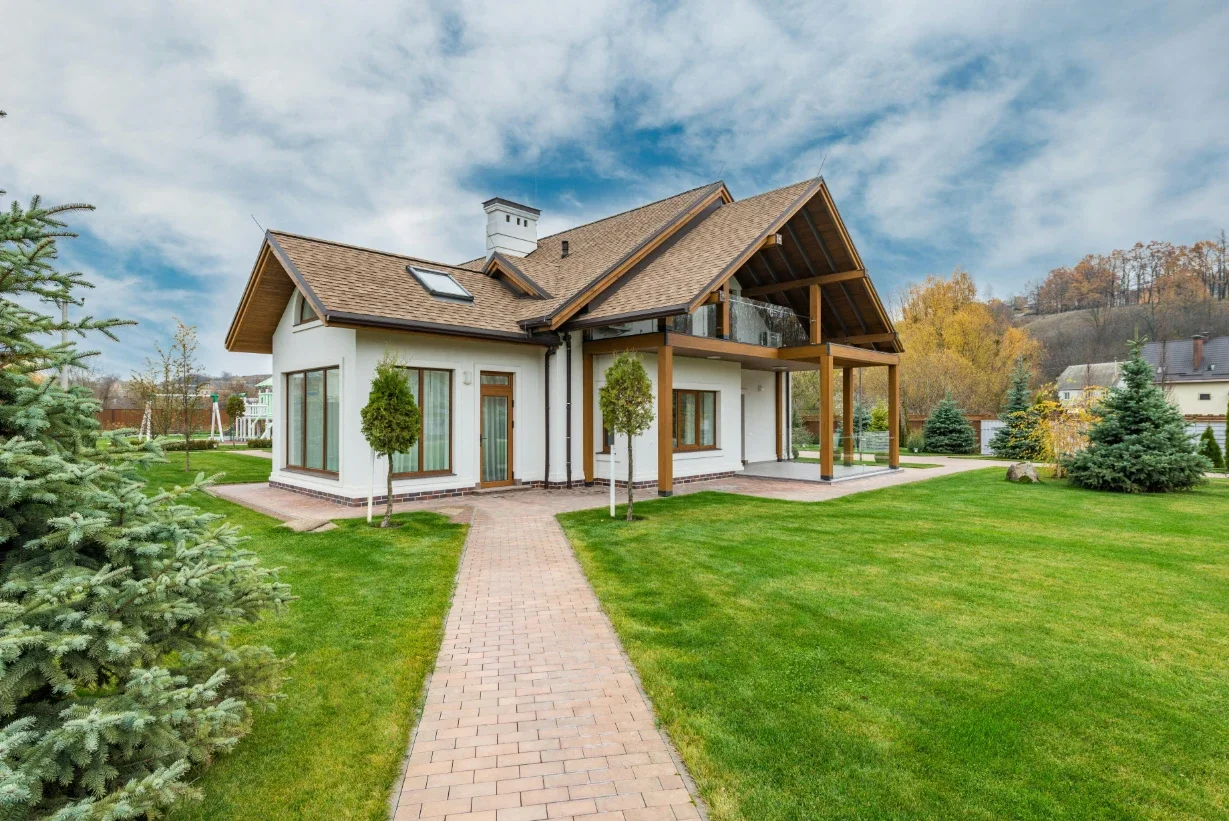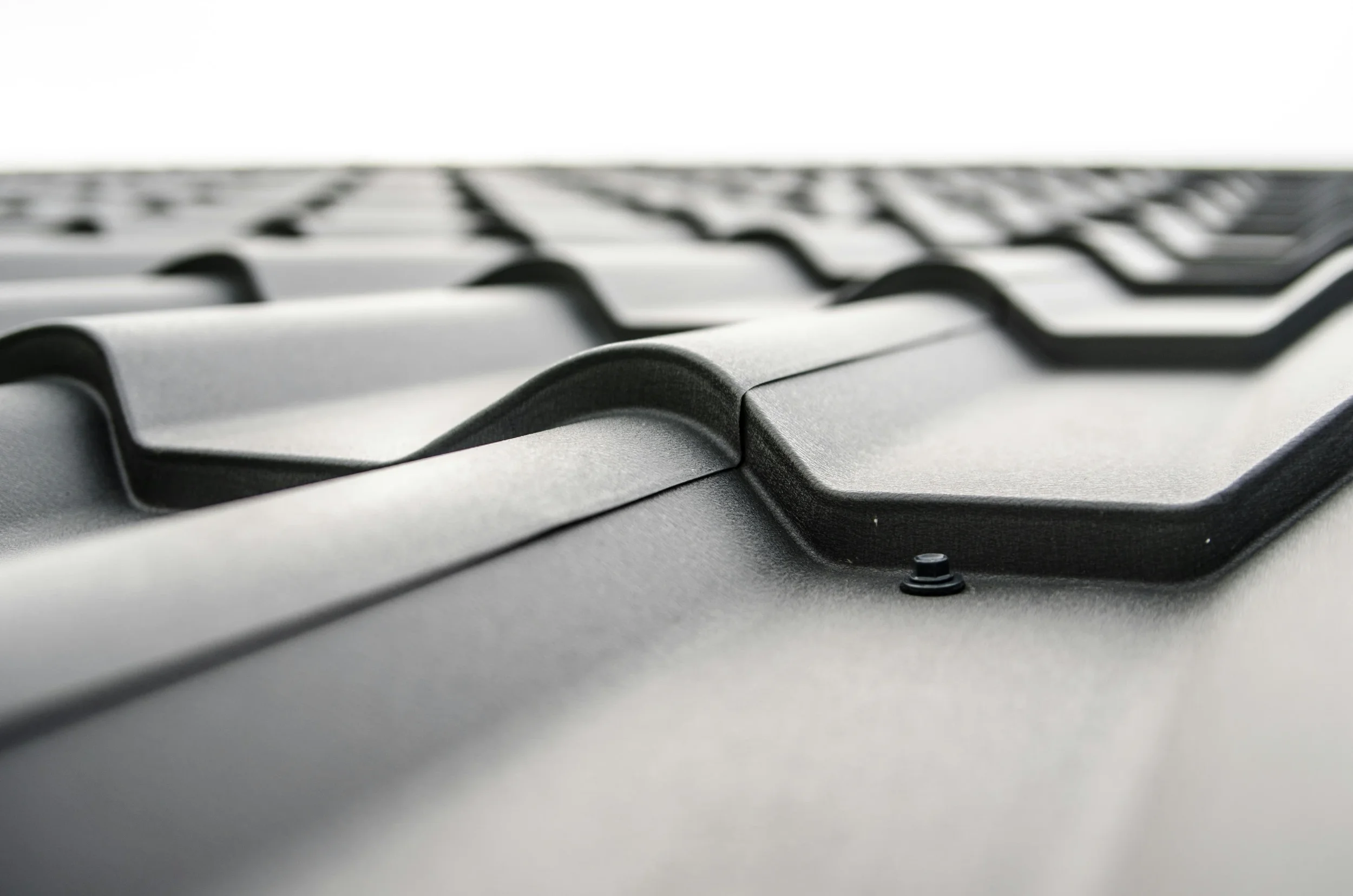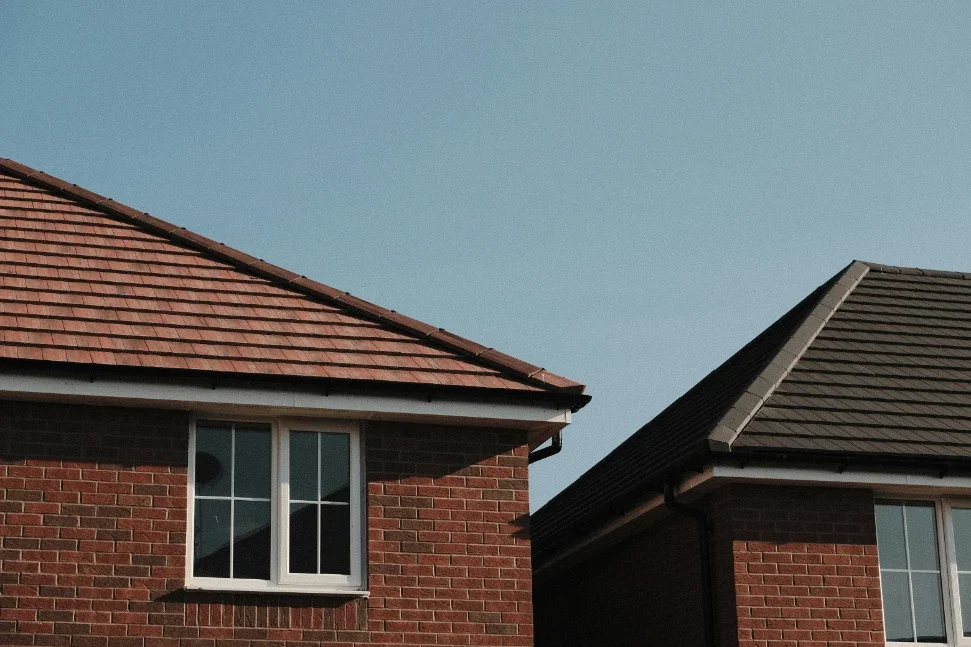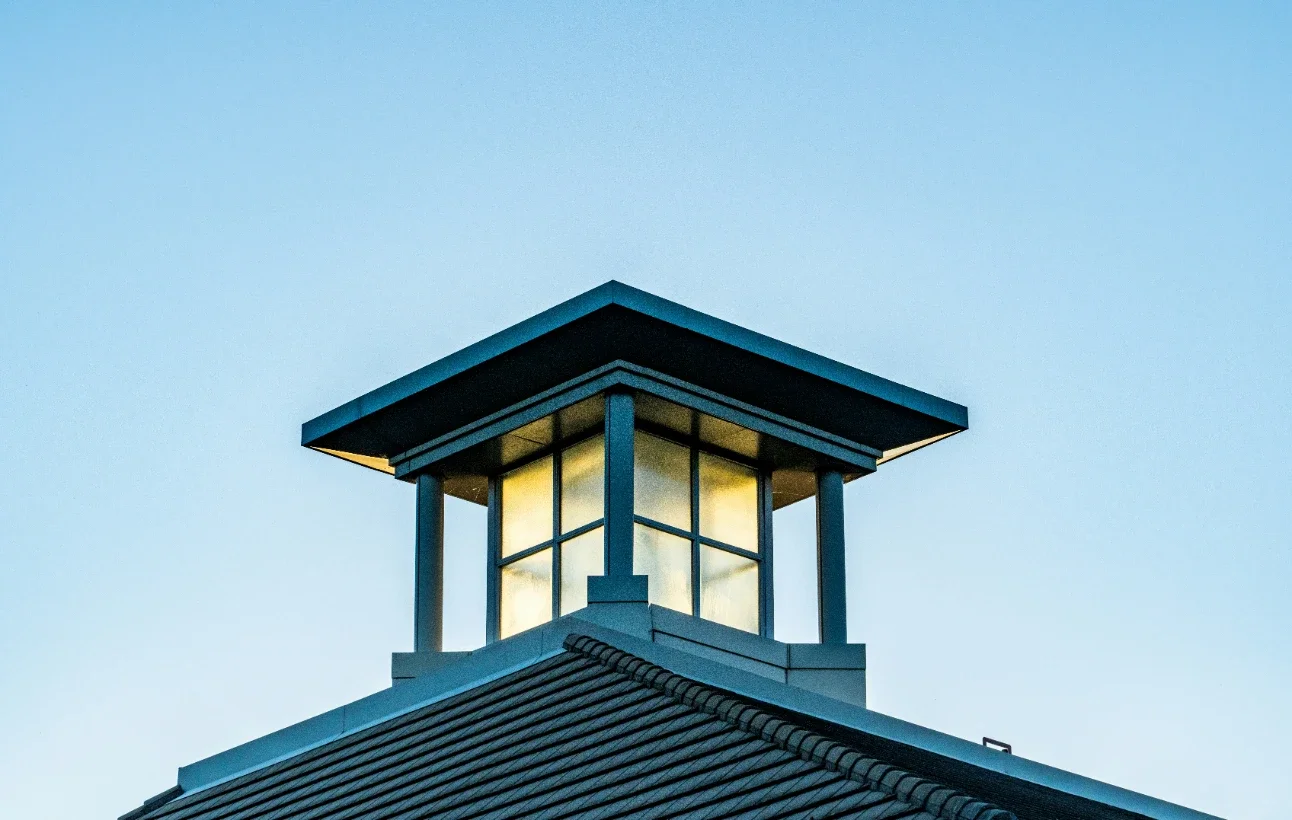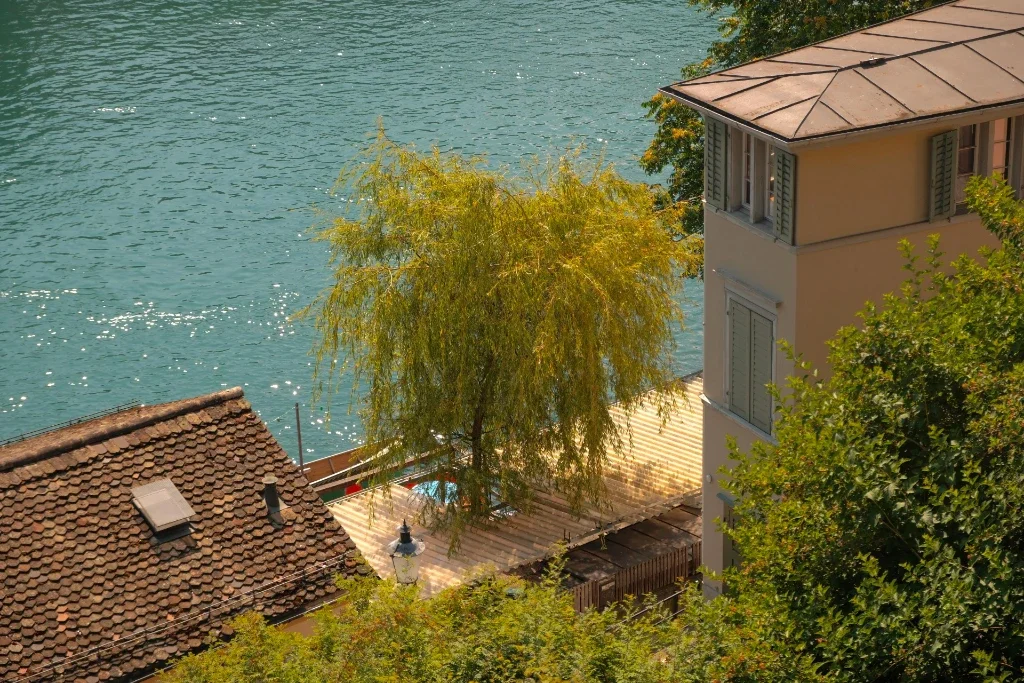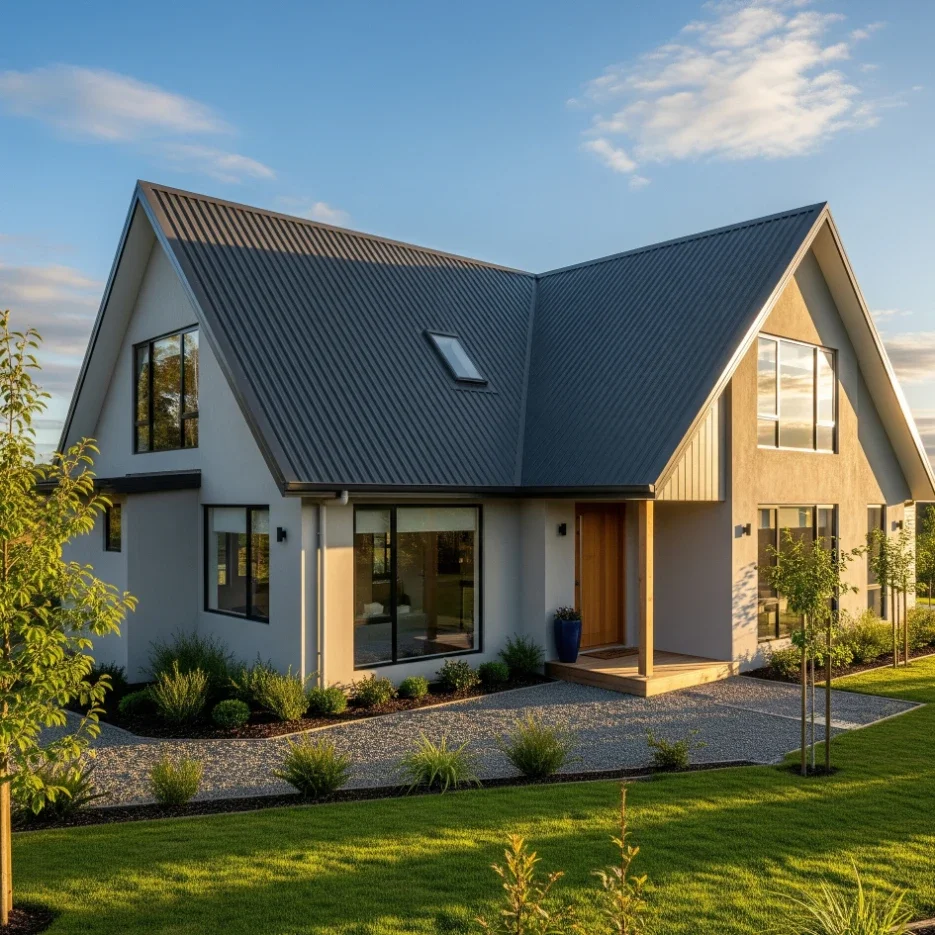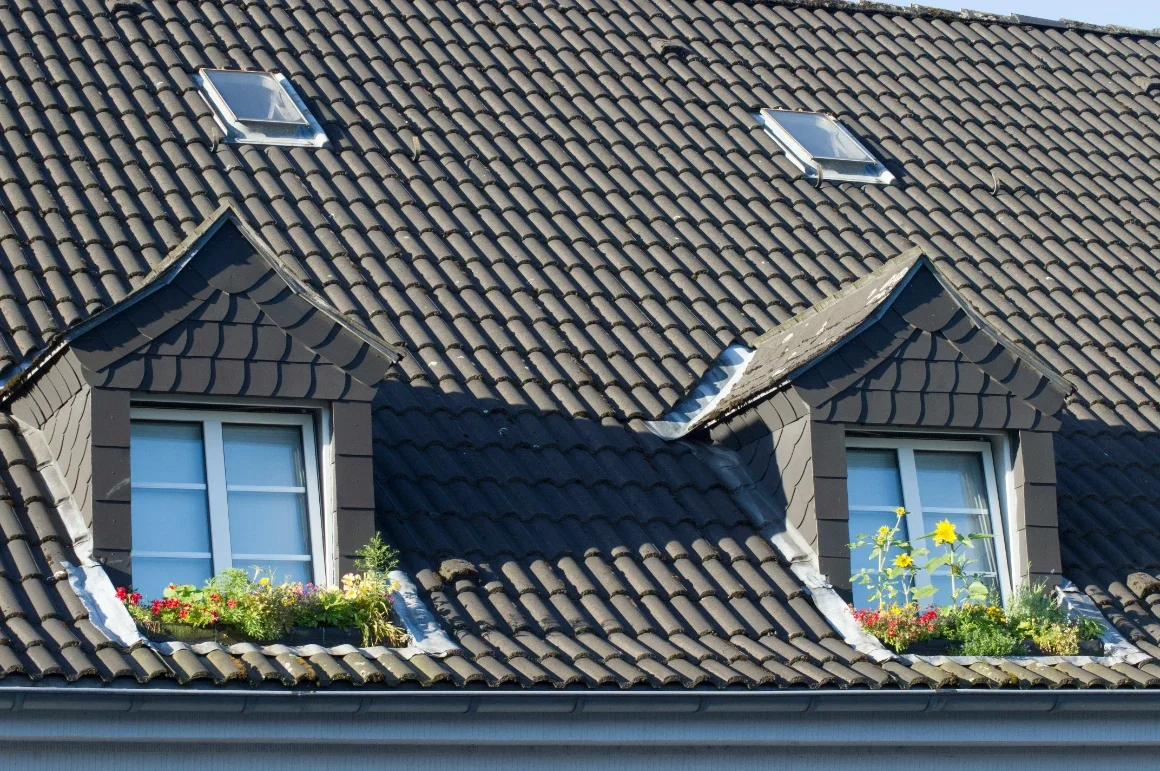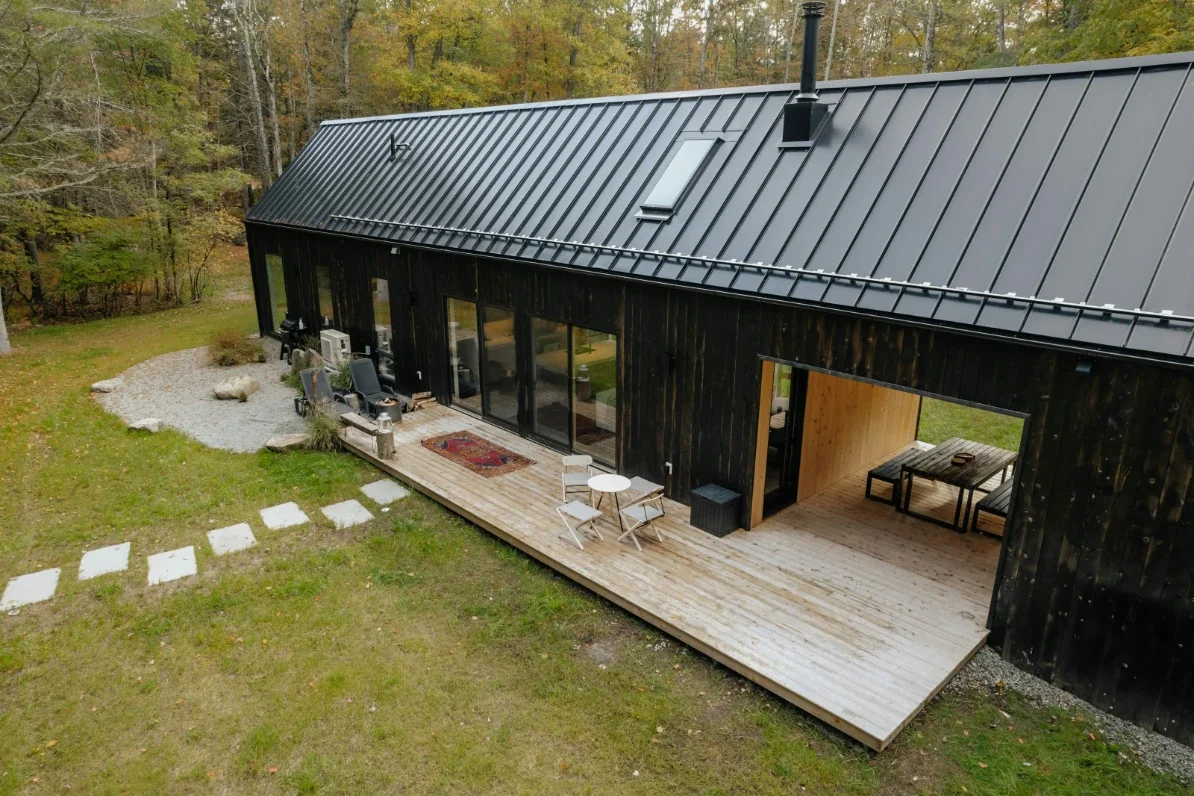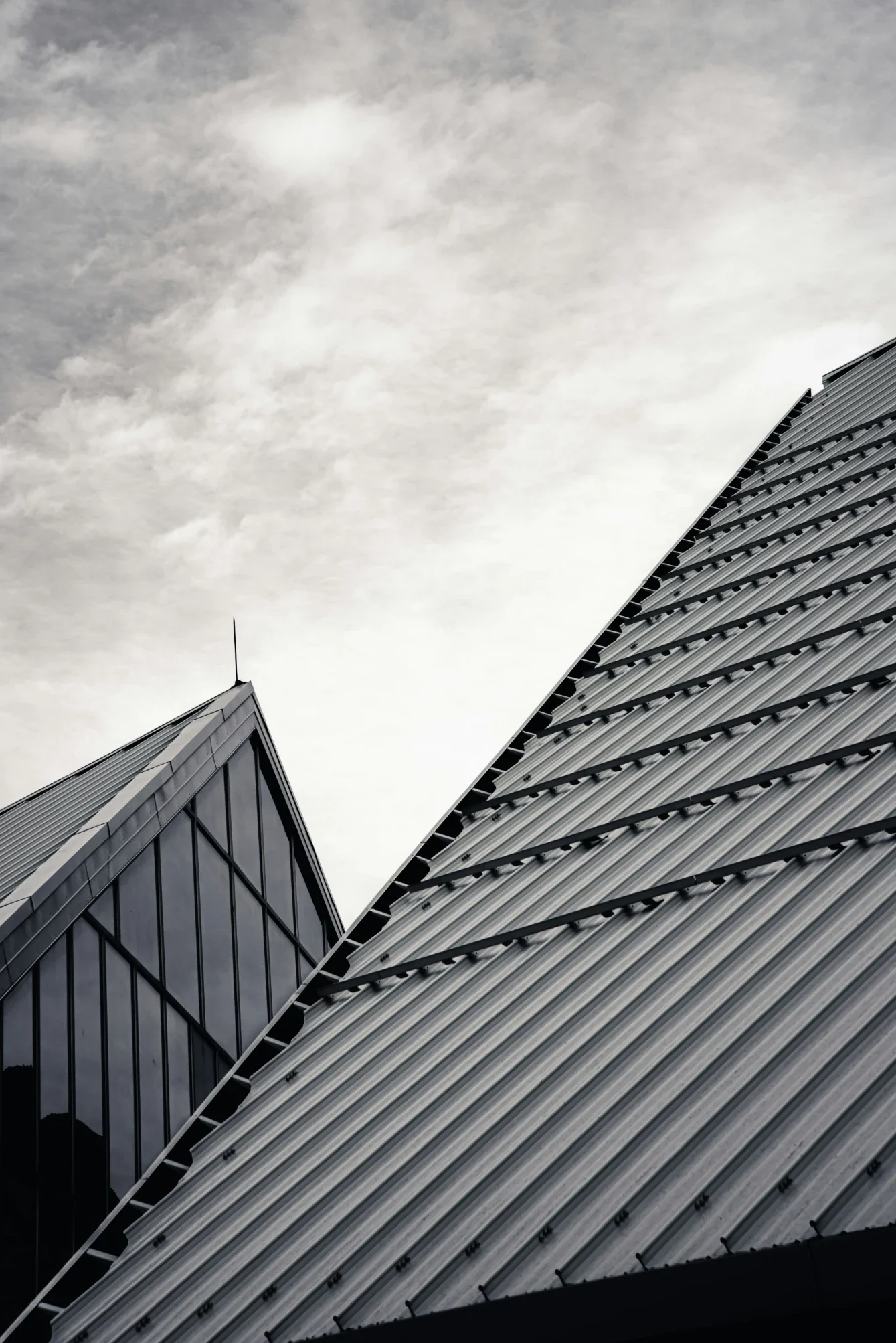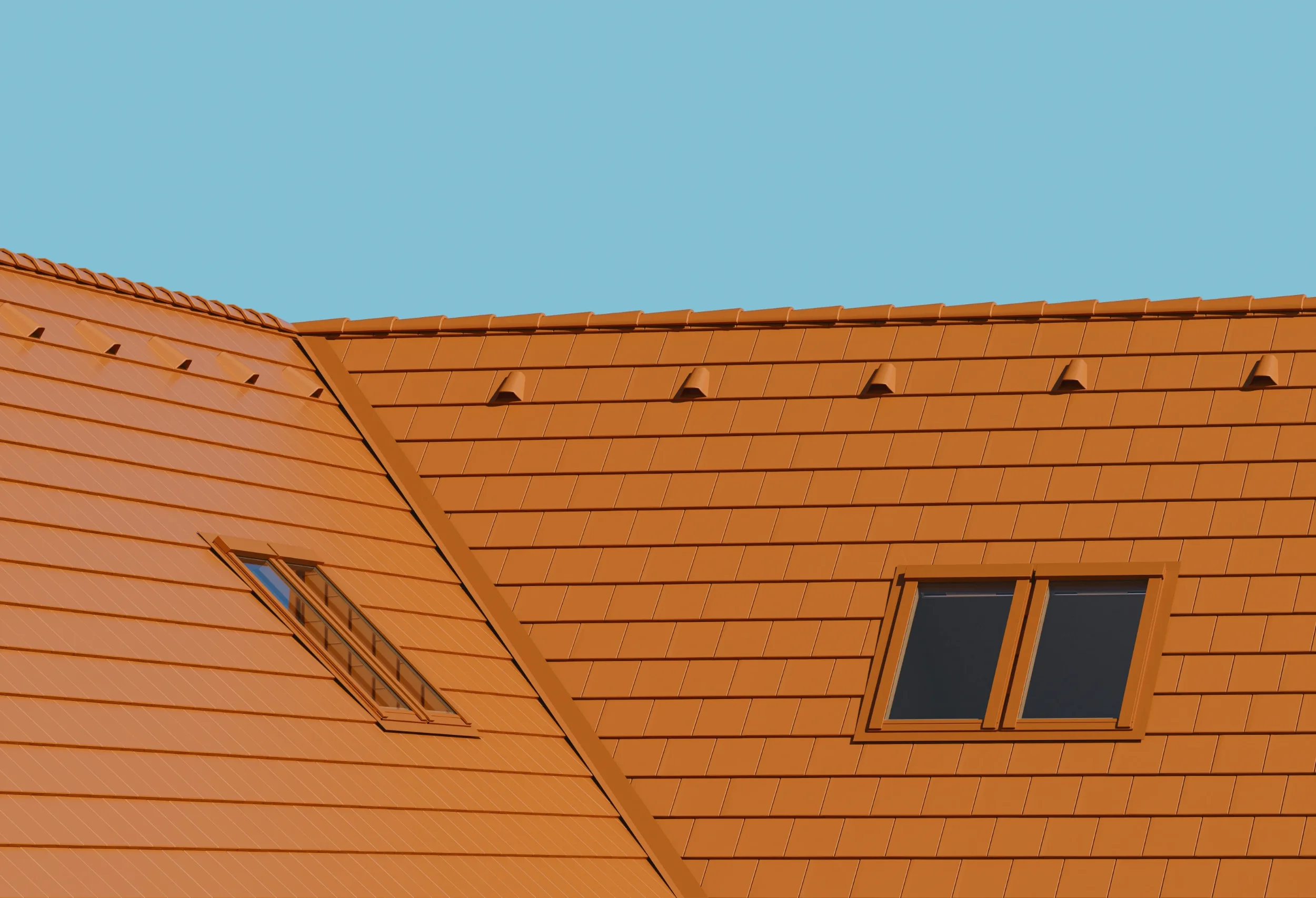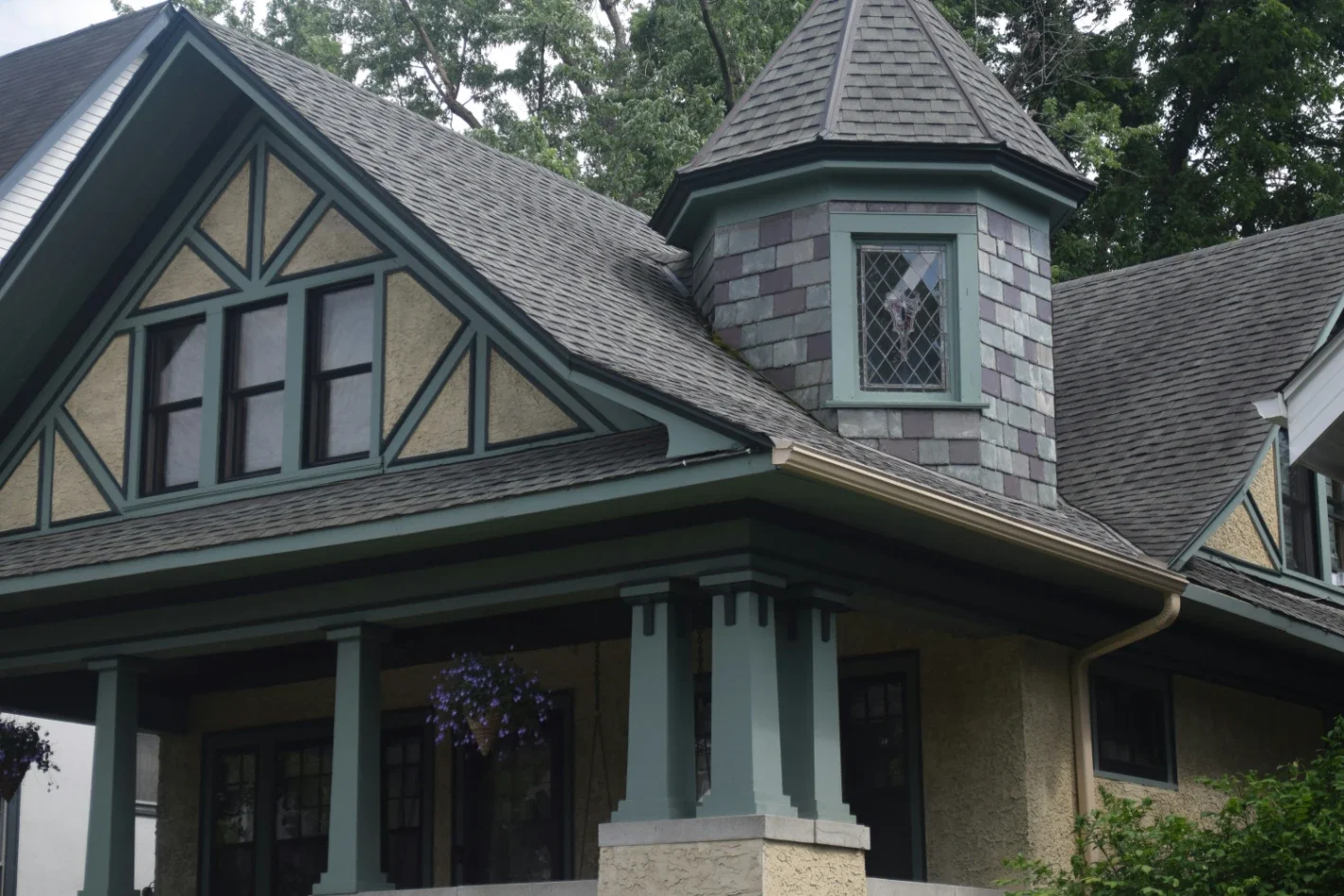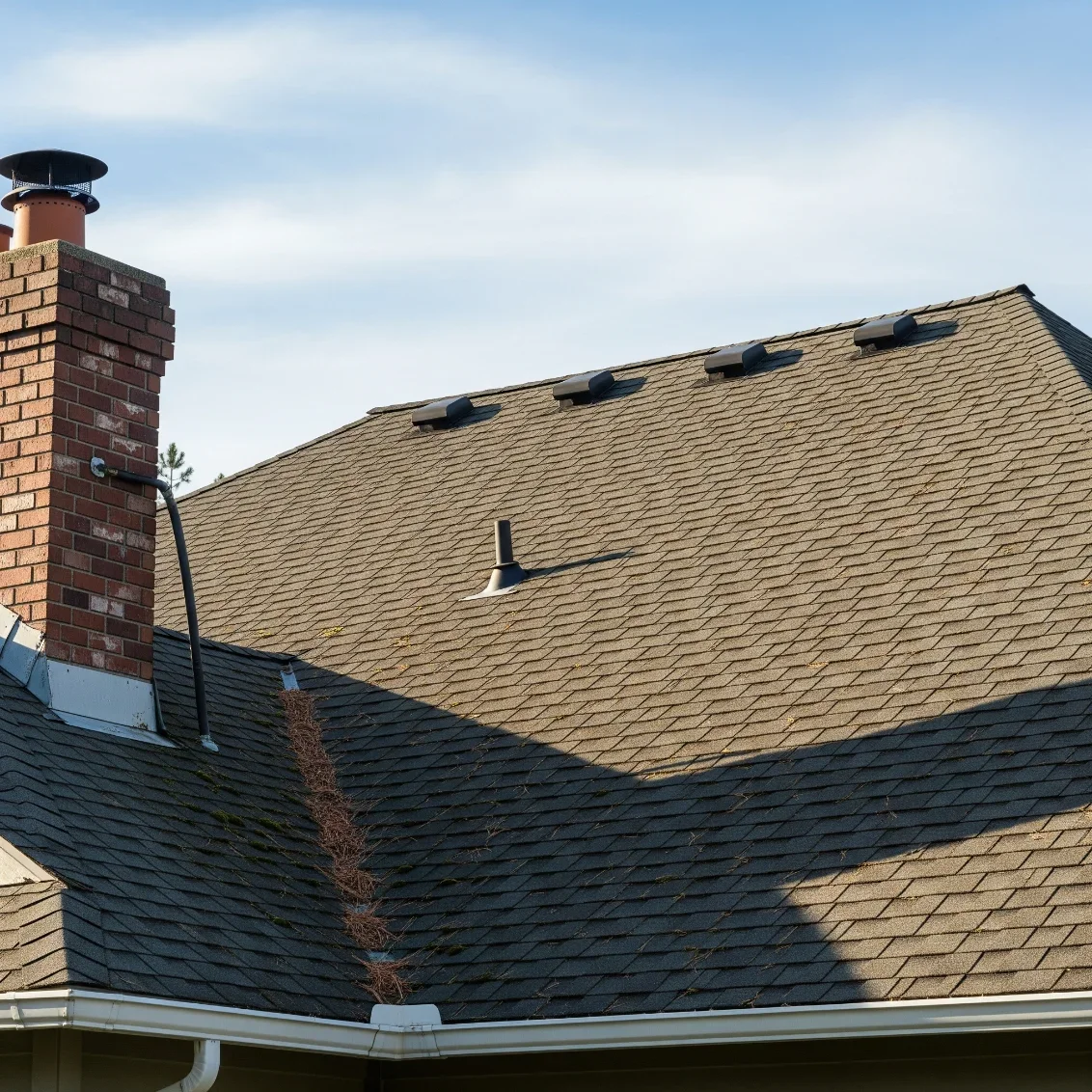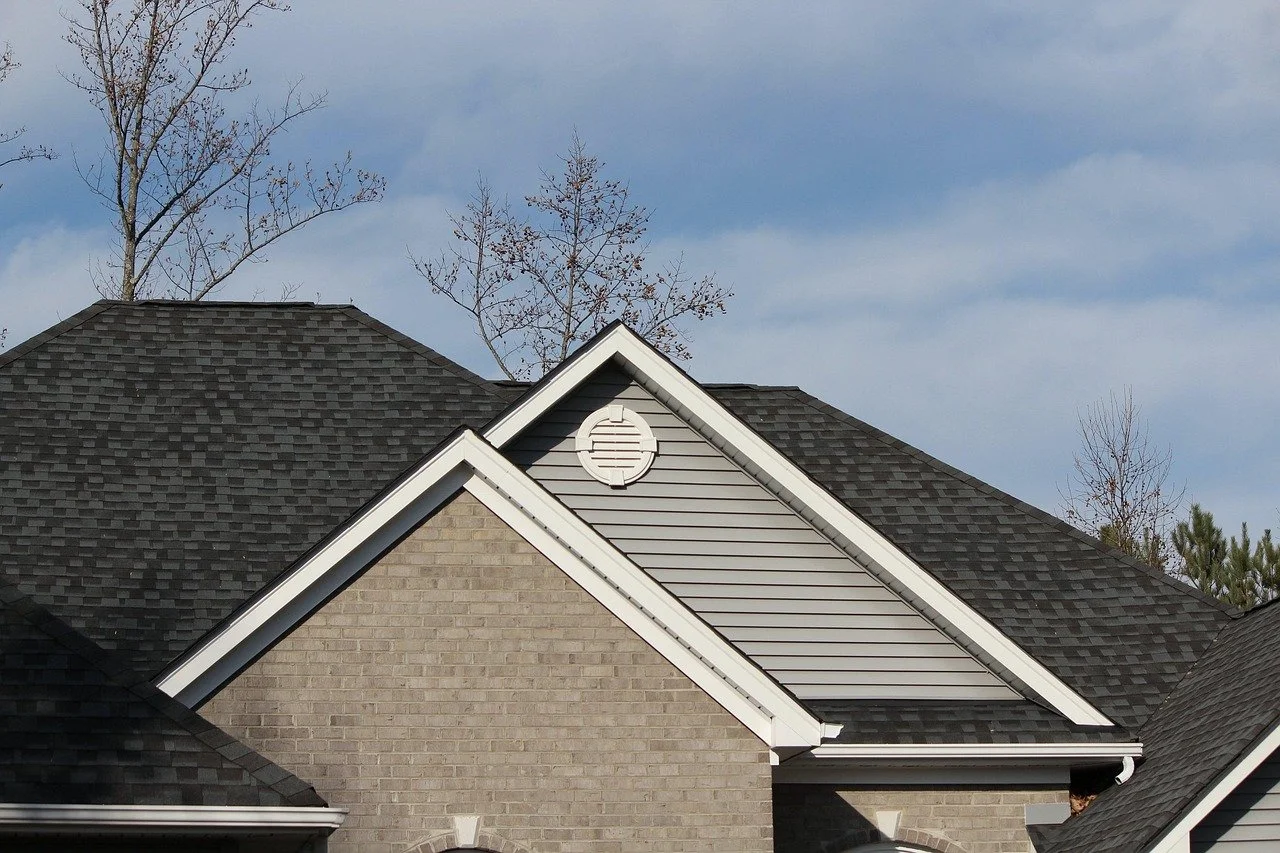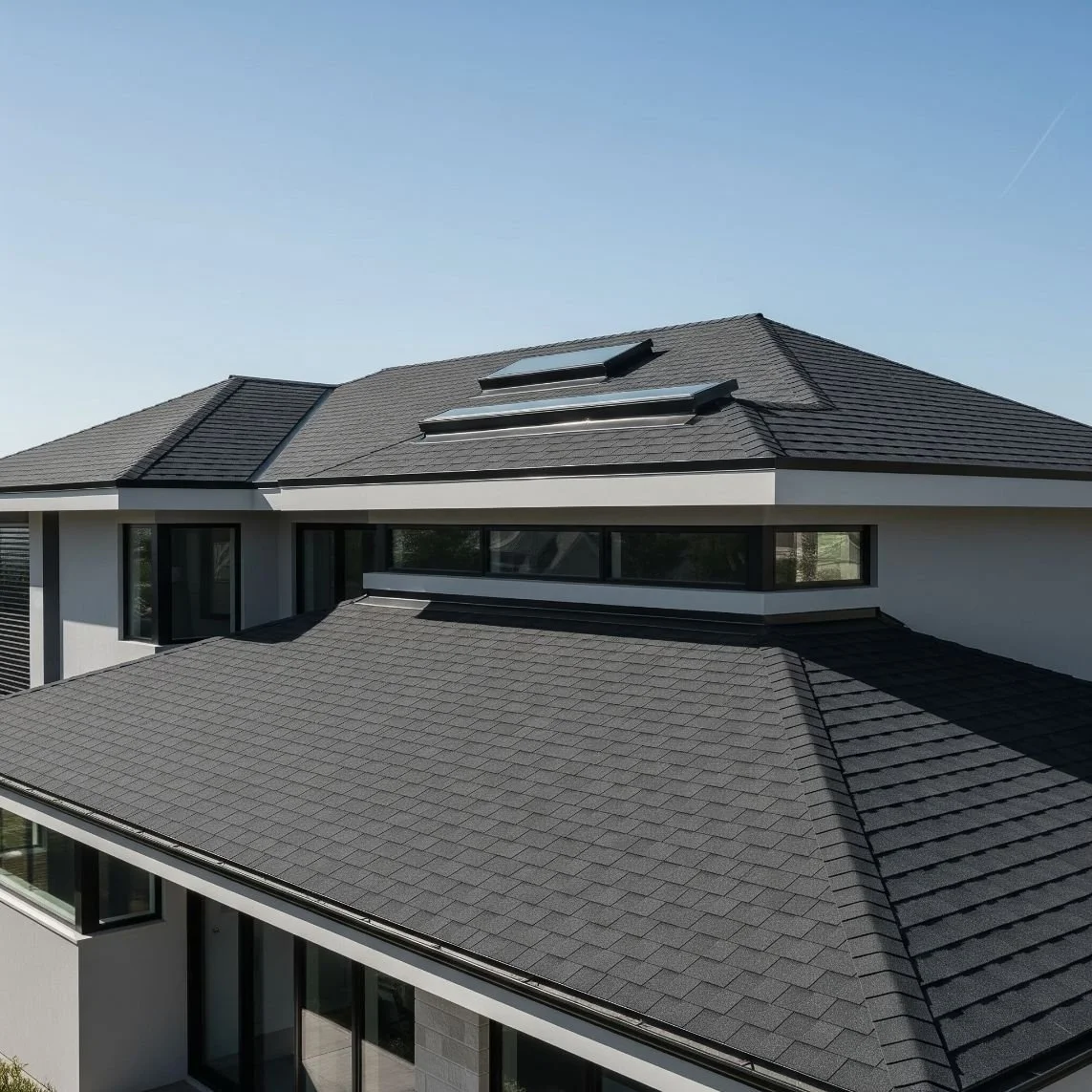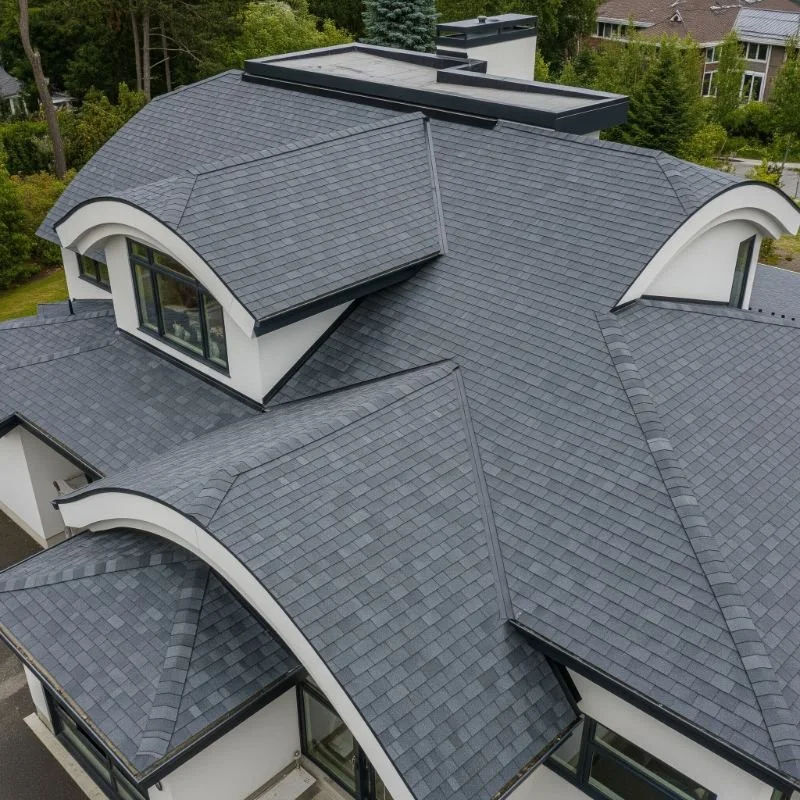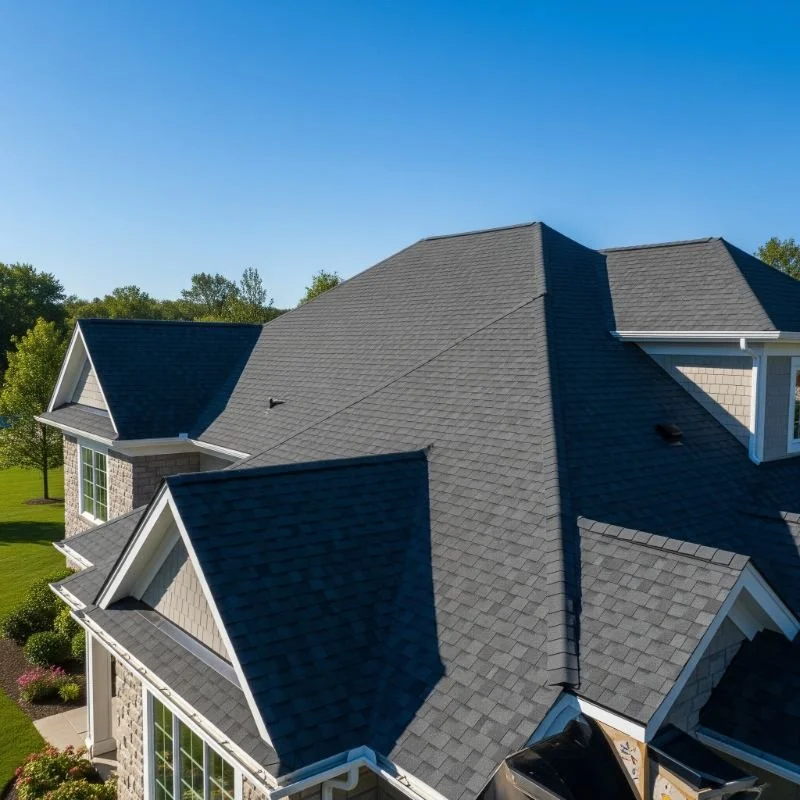Comparing Traditional vs. Modern Log Roof Materials
Discover the differences between traditional and modern log roof materials to find the best option for your home's durability and aesthetic appeal.
When it comes to building or renovating log homes, one of the most significant considerations is the choice of roofing material. A well-constructed log roof not only adds to the aesthetic appeal of the structure but also provides essential protection against the elements. The debate between traditional and modern log roof materials continues to be a hot topic among homeowners and builders. This blog delves into the key differences, benefits, and drawbacks of traditional versus modern log roof materials, helping you make an informed decision for your log home project.
Traditional Log Roof Materials
Traditional log roof materials have been used for centuries and are often favored for their natural appearance and historical significance. Here are some of the most common traditional materials:
Wood Shingles and Shakes
Wood shingles and shakes are classic choices for a traditional log roof. Made from cedar, redwood, or pine, these materials offer a rustic look that complements the natural beauty of log homes. Shingles are machine-cut, providing a uniform appearance, while shakes are hand-split, giving a more rugged and textured finish.Advantages:
Aesthetic appeal that enhances the rustic charm of log homes.
Natural insulation properties that help regulate indoor temperatures.
Biodegradable and environmentally friendly.
Disadvantages:
High maintenance requirements, including regular treatments to prevent rot and insect infestation.
Susceptibility to fire unless treated with fire-retardant chemicals.
Limited lifespan compared to modern materials, typically lasting 20-30 years.
Thatch
Thatch roofing, made from dry vegetation such as straw, reed, or heather, is one of the oldest roofing methods. Though not as common today, it is still used in some traditional log home designs.Advantages:
Unique and historically significant appearance.
Excellent insulation properties, keeping homes cool in summer and warm in winter.
Sustainable and renewable resource.
Disadvantages:
High maintenance requirements, including regular re-thatching and repairs.
Vulnerability to fire and pests.
Short lifespan, typically requiring replacement every 10-20 years.
Modern Log Roof Materials
Advancements in roofing technology have introduced a variety of modern materials that offer enhanced durability, energy efficiency, and ease of maintenance. Here are some popular modern log roof materials:
Metal Roofing
Metal roofing, including steel, aluminum, and copper, has become a popular choice for modern log homes due to its durability and low maintenance.Advantages:
Long lifespan, often exceeding 50 years with proper maintenance.
High resistance to fire, wind, and extreme weather conditions.
Reflective properties that reduce cooling costs in summer.
Disadvantages:
Higher upfront cost compared to traditional materials.
Potential for noise during rain or hail unless properly insulated.
Industrial appearance that may not appeal to those seeking a more natural look.
Composite Roofing
Composite roofing materials are engineered to mimic the appearance of traditional materials while offering superior performance. These materials often consist of a blend of polymers, rubber, and recycled products.Advantages:
Wide variety of styles and colors that can replicate the look of wood, slate, or tile.
High durability and low maintenance requirements.
Long lifespan, often 30-50 years, with excellent resistance to weather and pests.
Disadvantages:
Higher cost compared to natural wood shingles.
Synthetic materials may not appeal to purists who prefer natural options.
Some composite materials can be difficult to recycle at the end of their lifespan.
Asphalt Shingles
Asphalt shingles are a cost-effective and versatile option for modern log roofs, available in various styles and colors.Advantages:
Affordability and ease of installation.
Good fire resistance and durability.
Wide range of styles that can complement various architectural designs.
Disadvantages:
Shorter lifespan compared to metal and composite materials, typically 20-30 years.
Susceptibility to damage from high winds and severe weather.
Petroleum-based, making them less environmentally friendly.
Conclusion
Choosing between traditional and modern log roof materials ultimately depends on your aesthetic preferences, budget, and long-term maintenance considerations. Traditional materials like wood shingles and thatch offer timeless charm and historical significance, while modern materials like metal, composite, and asphalt shingles provide enhanced durability and ease of maintenance. By understanding the pros and cons of each option, you can select the best roofing material to suit your log home’s needs and ensure it remains a beautiful and functional space for years to come.

